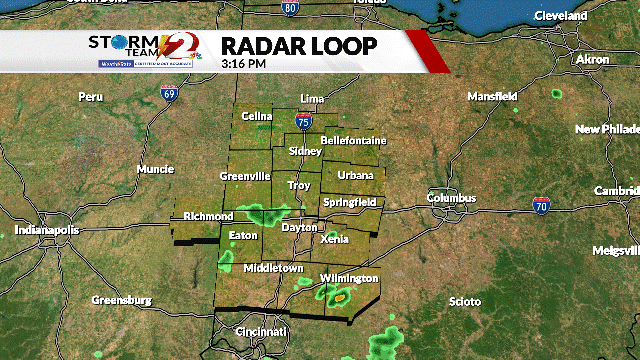DAYTON, Ohio (WDTN)– Drug addiction can affect anyone in any walk of life, but that’s not always how addicts are portrayed. And, experts say that’s part of the problem.
In movies, drug abusers are often depicted as grungy, unintelligent or living on the streets but in real life, it can show a very different picture.
“Me being willing to let go of everything in my old life was what saved my life,” said Dayton Resident Chelsa Lawhorn.
A life that was hanging by a thread, quickly consumed by drug addiction.
“I would not go to sleep until I made sure I had enough for the next morning,” said Lawhorn. “What I had to do didn’t matter, if I needed to break the law I would to get it.”
And, that’s exactly what happened. Chelsa Lawhorn lost count of how many times she faced jail time for her addiction. Despite her rollercoaster battle with substance abuse, Chelsa says when she looked in the mirror she didn’t see an image of an addict. She saw herself but not the picture she always imagined viewing an addict.
“I didn’t look much different, I looked kind of like this, it can happen to anyone,” said Lawhorn. “It doesn’t discriminate, doesn’t profile, doesn’t go after a certain person, it can be anyone. I knew plenty of people that lived that lifestyle from all backgrounds.”
Experts say the stereotypical image of a drug user in our society is part of the problem.
“We’re surprised in fact as a community when addiction shows up as someone we know,” said Executive Director Montgomery County Alcohol, Drug Addiction and Mental Health Services Helen Jones-Kelley. “They live in exclusive neighborhoods, go to the most exclusive clubs, and attend great schools. Those aren’t the people we think of, we think of those in entry-level positions who are less articulate and aren’t connected in many ways that people with addiction challenges are.”
ADAMHS Staff refuses to call anyone who walks through their doors a drug addict. Instead, they are a person with an addiction. They say the distinction is vital to erase the stigma and start the healing process.
“I want them to be able to say ‘I have an addiction but I’m better than that and I’m going to continue to work through my challenges to make sure I don’t go there again,’” said Jones-Kelley.
The profile of a drug abuser is as powerful as the addiction itself and once conversations start happening, experts believe that’s when we’ll start to see a difference.
“Sometimes just hearing about other people’s stories helps folks to realize that’s me, I see myself, it’s time to do something,” said Jones-Kelley. “Once we normalize the experience for people then we can finally get rid of the problem and address it in a much more productive way.”
Chelsa says she started to become aware of her addiction when she lost everything to afford her new lifestyle. She’s been clean for nearly three years, but it was her children, grandmother and fire to fight that broke her free.
“Surrendering and realizing that I can’t just control everything and I have to start over from scratch and not hold onto anything from my old life, that’s what broke me free,” said Lawhorn.




















































